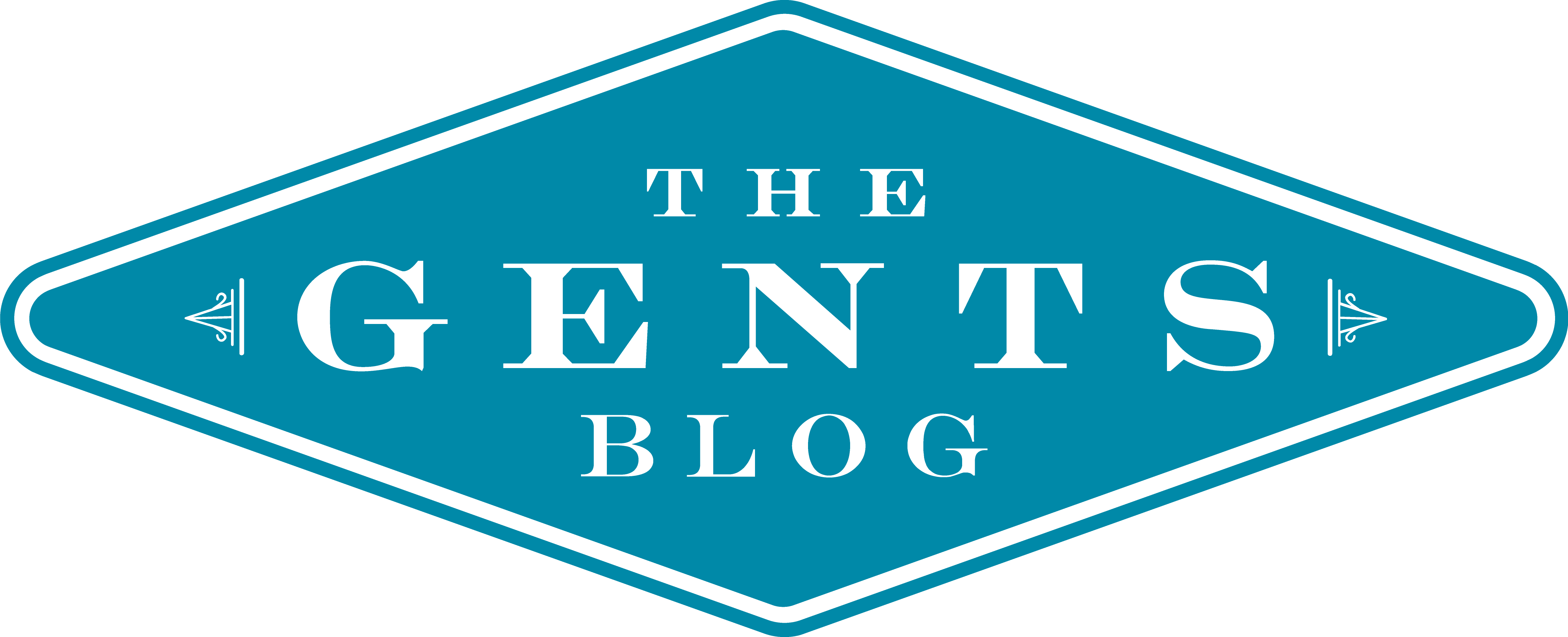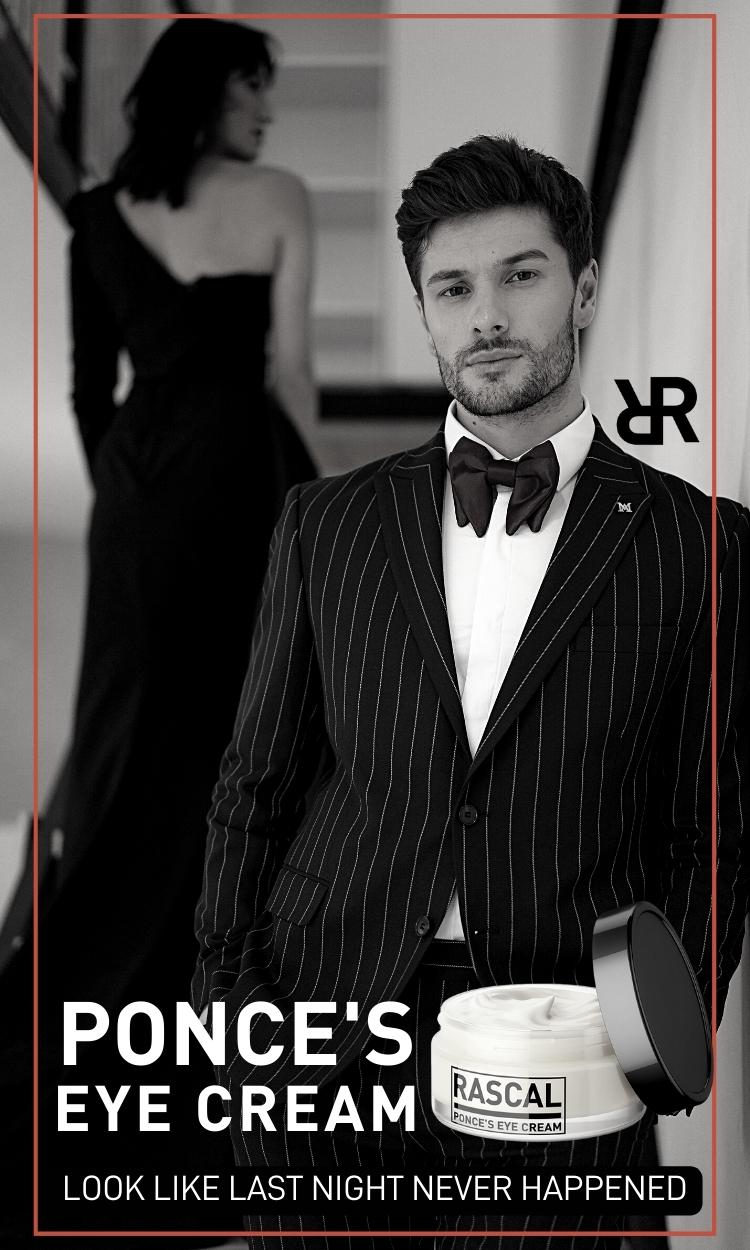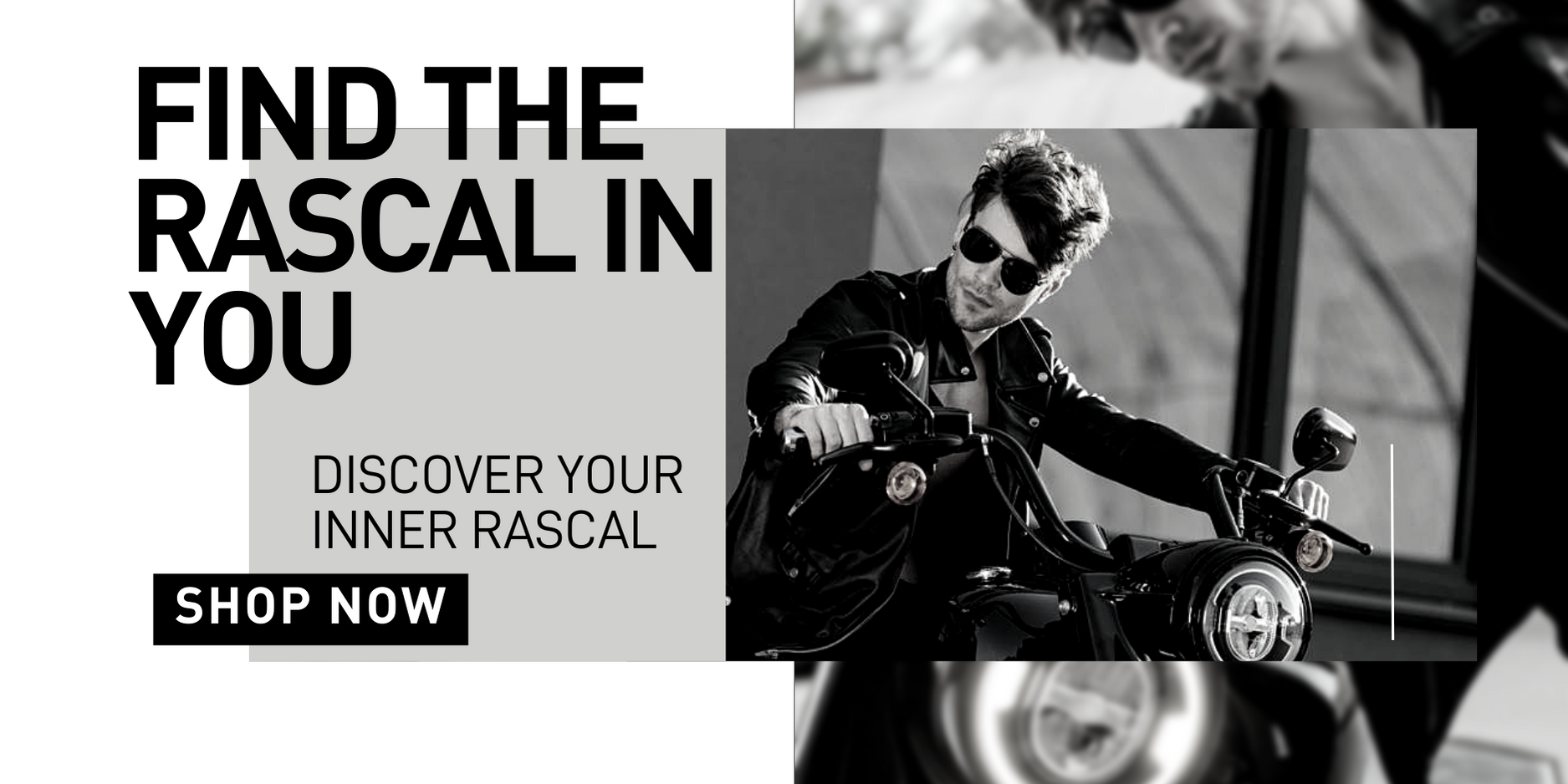In our last article in this series we talked we talked about some watch-buying basics, like the differences between dress and sport watches and the rivalry between quartz and mechanical movements. In this article we’re going to go a bit deeper to help you understand and appreciate watches better, whether you already have a solid collection or are just starting to build one.
Watch Vocabulary
You don’t need to know the name of every part of your watch, just a few of the basic terms.
- Bezel — the circular piece around the watch’s face that holds the crystal in place
- Complication — any additional function a watch can perform besides telling the time; think date, alarm, stopwatch, calendars, moon phase indicators, other time zones, etc.
- Crystal — not to be confused with the quartz crystal, this is the domed piece of crystal that protects the watch’s face
- Crown — the knob on a watch’s side that you can use to set the time, change the date, or wind the mechanism
- Lug — the pieces that extend from the watch’s case that connect to the bracelet/strap
- Movement — the parts that make your watch work
Know Your Brands
If you want dozens of differing and conflicting opinions, ask a handful of watch lovers about their favorite brands. But those differing (and often strong) opinions only underline the fact that there’s really a watch brand and model for everyone, and what matters less is what a friend likes than what you like. However, their recommendations can serve as an opening guide. We’ll start you off with a few must-know brands.
- Cartier — nice watches, designed with a jeweler’s eye
- IWC — designed watches for the British Royal Air Force
- Omega — the only watch approved for in-flight use by NASA: it’s Speedster model went on the Apollo 11 mission
- Patek Philippe — the Swiss brand perhaps most associated with elegance and industry-defining features and advances
- Rolex — the most popular of all the Swiss watch houses
- Seiko — extremely durable and collectible and rarely more than a few hundred dollars
- Timex — great watches, decent price points
Straps
While it might not be the first thing that occurs to a watch buyer, a strap is really important. Not only does it keep the watch on your wrist, it also affects the look and comfort of the watch.
There are four main strap types to choose from:
- Leather — these, like metal bracelets, are more dressy
- Rubber — these are for watches designed to endure the elements, like the splash of salt water or the strike of a tennis ball
- NATO — these were originally designed in the 1970s for members of the British Ministry of Defence. It’s inexpensive and often a durable and colorful addition to a watch. The design of the strap keeps the metal of the watch from rubbing against your skin while letting it sit on the wrist without movement.
- Bund — this is a fat leather pad with loops that your watch inserts into, like a case for your cell phone. This was a favorite of Paul Newman, Steve McQueen, and Robert Redford.
Bracelets
Instead of a strap, you might opt for a bracelet, which is simply a metal “strap” for your watch.
Some brands, like Rolex and Audemars Piguet, are very particular about their bracelets and designs watches that fit particular bracelets only. But the majority of brands design their watches so that they will fit multiple variations of bracelets.



